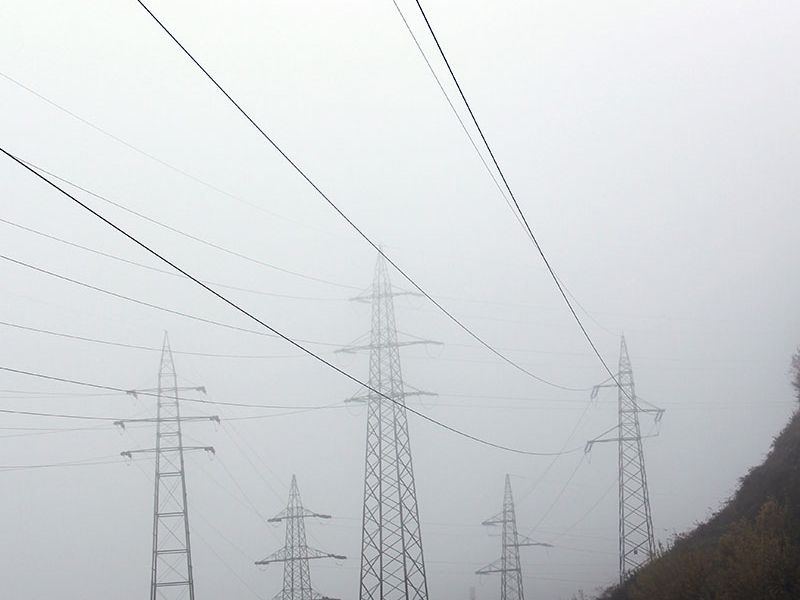
Preventing mold growth after water damage with these 5 simple tips
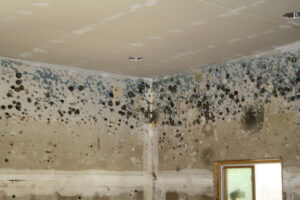 How you handle water damage depends on one crucial factor: timing.
How you handle water damage depends on one crucial factor: timing.
Mold starts growing within 48 hours so getting everything dried right away is the most crucial aspect of mold prevention.
Most people use fans to dry the area but heaters work better and if mold is already present on surfaces, let’s say from a previous water event, then fans may disperse and spread mold everywhere in the house, causing what we call a “mold storm”.
When homeowners have to deal with a flooded basement, kitchen or bathroom they want it handled correctly so they will hire a professional water restoration company. Depending on how knowledgeable the contractor is, water and moisture may remain in walls, carpet fibers, under hardwood flooring and/or in fiberglass insulation. These conditions will encourage mold growth over time and the homeowner may never know that mold is present until an odor develops and they must hire a mold inspection professional.
To prevent such undesirable results, we recommend the following:
- If at all possible use a professional certified in water restoration. ACAC.org and IICRC.org are 2 reliable sources to find a certified professional in your area. Check reviews and make sure the reviews are for the service you will be needing. For example some franchises are mostly carpet cleaning contractors and not necessarily trained in mold remediation yet they offer the service.
- Be sure the contractor has the area isolated with plastic and proper controls in place to prevent the spread of mold and bacteria.
- All baseboards in the water-affected area should be removed and the bottom of the drywall cut a few inches to allow for quick drying of the wall cavity.
- Wet insulation should be removed and discarded (testing has shown that new insulation already has mold present in it and once water is added, growth will quickly ensue).
- Don’t forget the flooring. Water seepage under the laminate flooring, hardwood floors or carpeting is very difficult to dry. High heat and air circulation are necessary. If the flooring stayed wet more than a couple days, growth may have started underneath the floor. Carpeting can seldom be completely dried within 48 hours. Indoor Environmental Testing Inc. can test carpeting, underneath hardwood/laminate flooring and inside wall cavities.
Related Posts
Critical Alert: Nashville Commercial Air Quality Issues Could Be Costing You More Than You Think

Breathe Easier: Why a Nashville Air Quality Test Could Transform Your Health
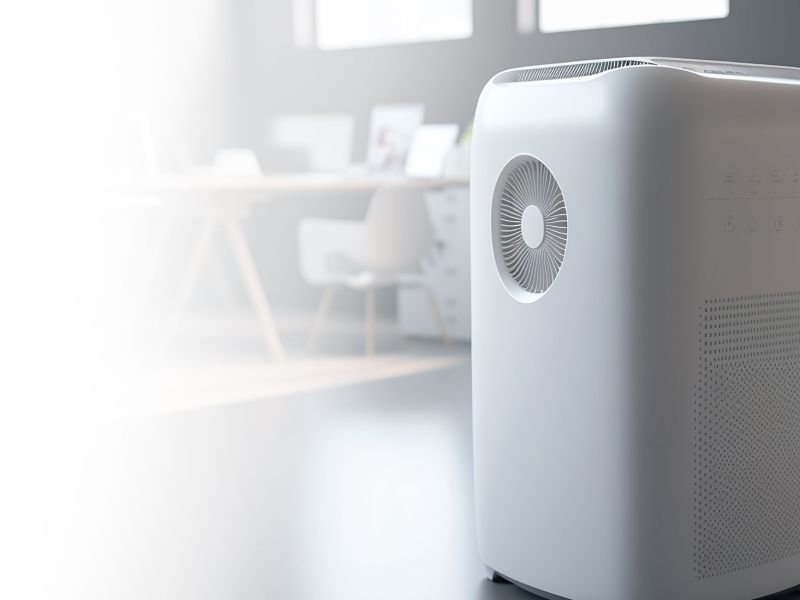
Worried About Mold? Nashville Mold Testing Can Give You Peace of Complete Mind
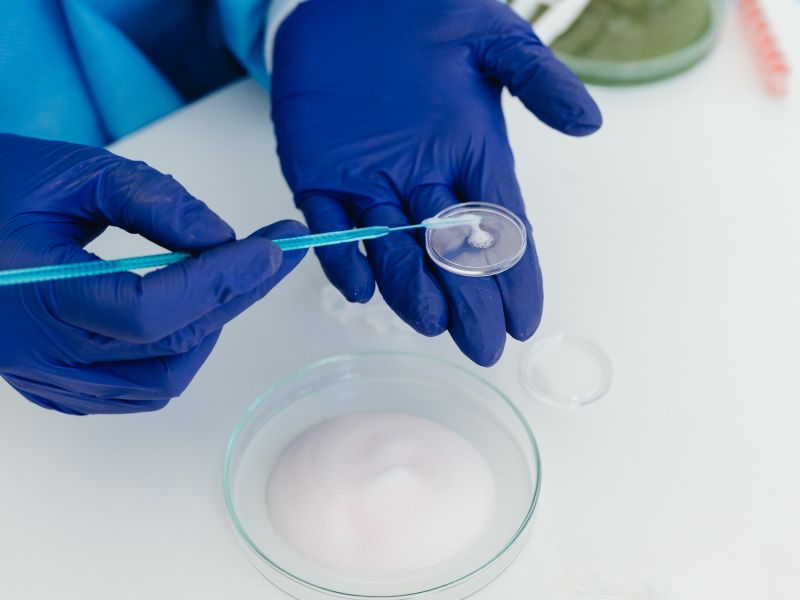
Nashville Mold Inspection Guide: Discover the Alarming Signs You Can’t Ignore
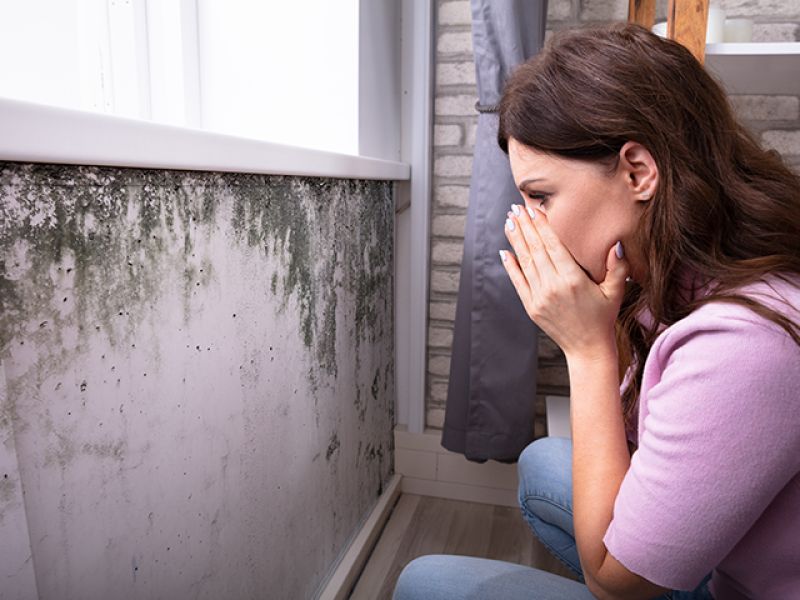
Hidden Dangers? Why Nashville EMF Testing Is Gaining Urgent Attention
